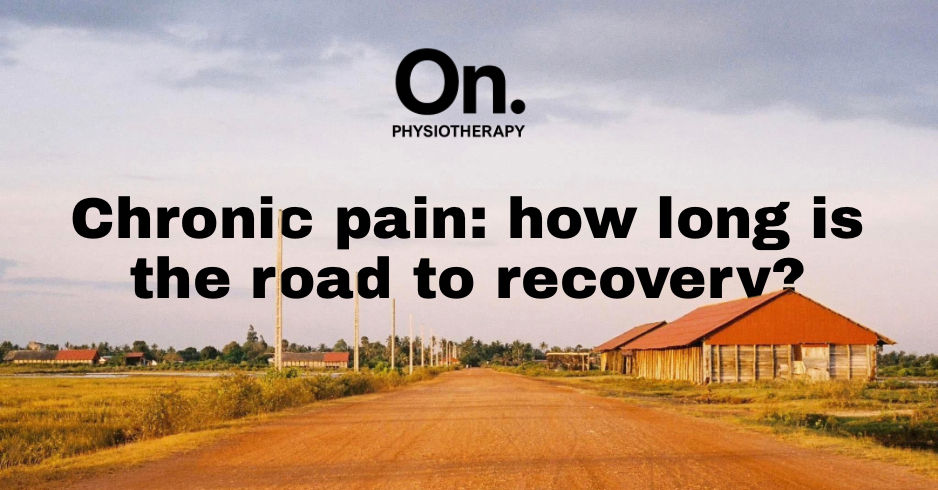Chronic Pain: How Long Is the Road?
- Yannick Sarton

- Jul 7
- 2 min read
Updated: 3 days ago

Chronic pain can feel endless. Many patients describe it as a journey without direction — a cycle that repeats, pauses, then returns, often without warning. But modern science tells us something important: chronic pain is not a lifelong sentence. It’s a condition shaped by many factors, and with the right approach, the road becomes manageable, predictable, and far shorter than most people fear.
Chronic Pain Is Not About Damage
One of the biggest misconceptions is that chronic pain means the body is still injured. In reality, after 3 to 6 months, tissues have usually healed. What persists is sensitivity, not structural damage.
The nervous system becomes more reactive, more alert, and more protective — a bit like an alarm system that keeps ringing even when the danger is gone.
Why Pain Lasts
Chronic pain is influenced by several elements:
reduced movement or long-term avoidance
stress, fatigue, or poor sleep
fear of re-injury
previous negative medical experiences
beliefs and expectations about pain
None of these mean the body is broken. They mean the system needs retraining, not rest.
Movement as Treatment
ILong-lasting pain responds best to:
graded strengthening
gradual exposure to movement
restoring confidence in the painful area
a structured exercise plan
consistent daily habits
This is where physiotherapy makes the biggest difference. Whether in-clinic or online, the goal is to rebuild tolerance, reduce sensitivity, and make movement feel safe again.
Every Journey Has a Timeline
There is no universal timeline for chronic pain recovery. Some people feel improvement in weeks. Others need several months. What matters is consistency — not perfection.
The body adapts. The nervous system calms. And the road becomes clearer.
How We Support You at Studio On
In Phnom Penh or online worldwide, we provide:
a clear explanation of why your pain persists
an assessment based on movement and function
a step-by-step plan adapted to your goals
modern, evidence-based rehab
follow-up and progression that actually makes sense
You’re not stuck.You’re simply in the wrong phase — and our job is to guide you to the next one.
I provide structured and evidence-based online physiotherapy for patients worldwide, offering clinical assessment, diagnosis, and personalised rehabilitation.
I also receive patients in person at my physiotherapy clinic in Phnom Penh.
You can begin your online physiotherapy session through the dedicated platform:
More information on clinical standards and supporting evidence is available here:
Yannick Sarton, MSc Physiotherapist
International Online Physiotherapy & In-Clinic Care, Phnom Penh



Comments